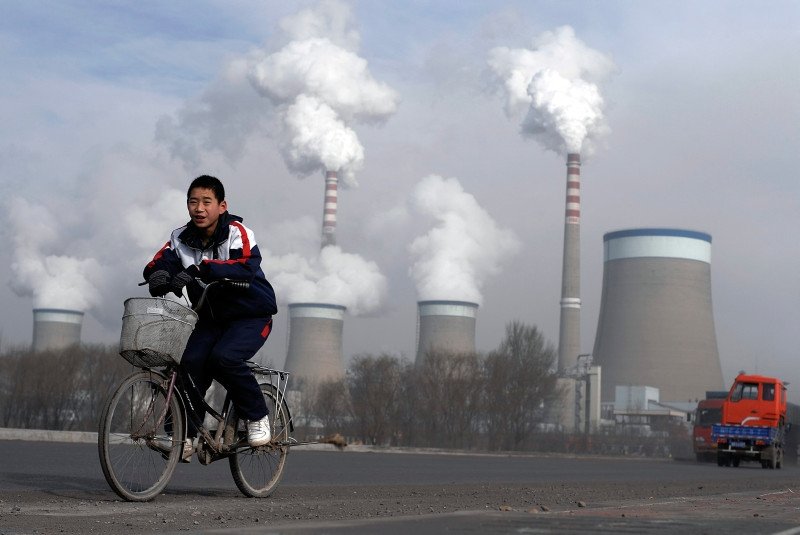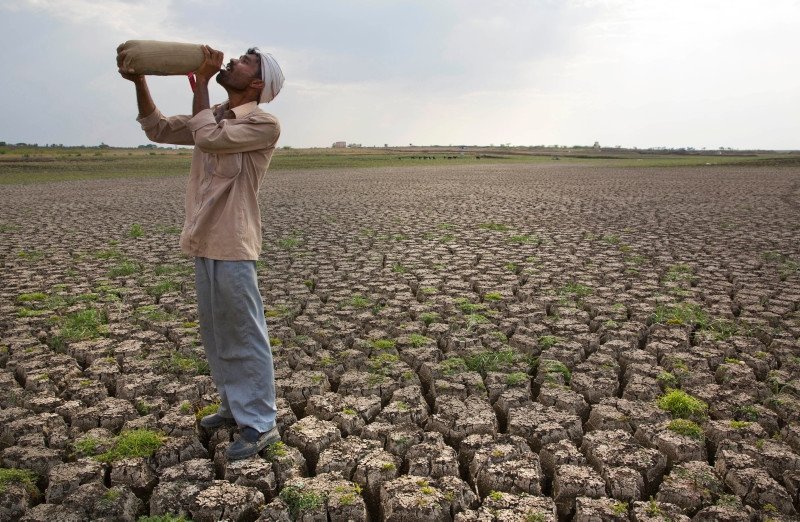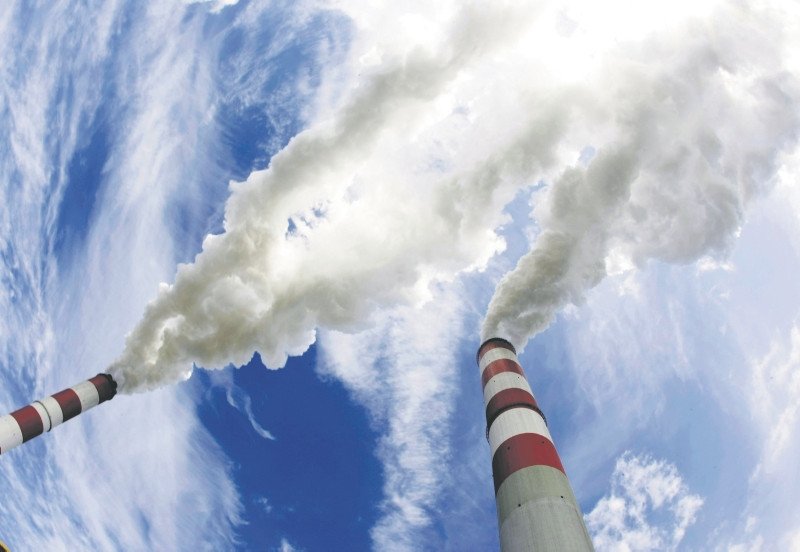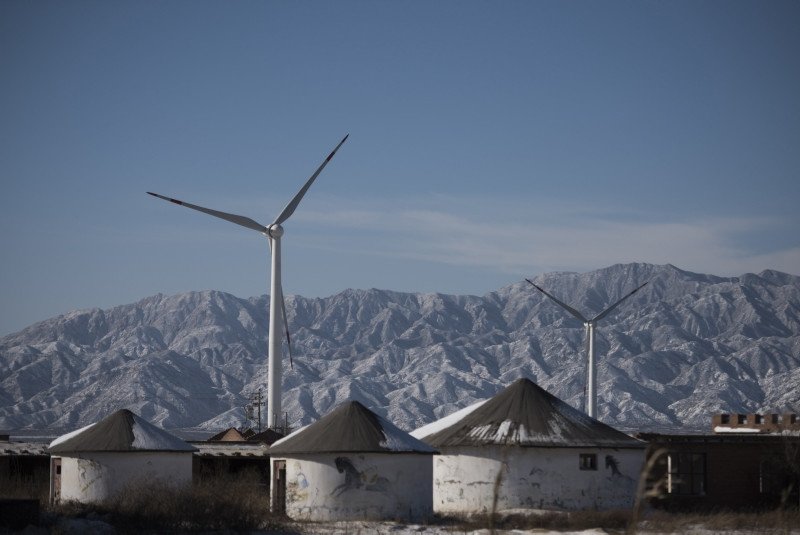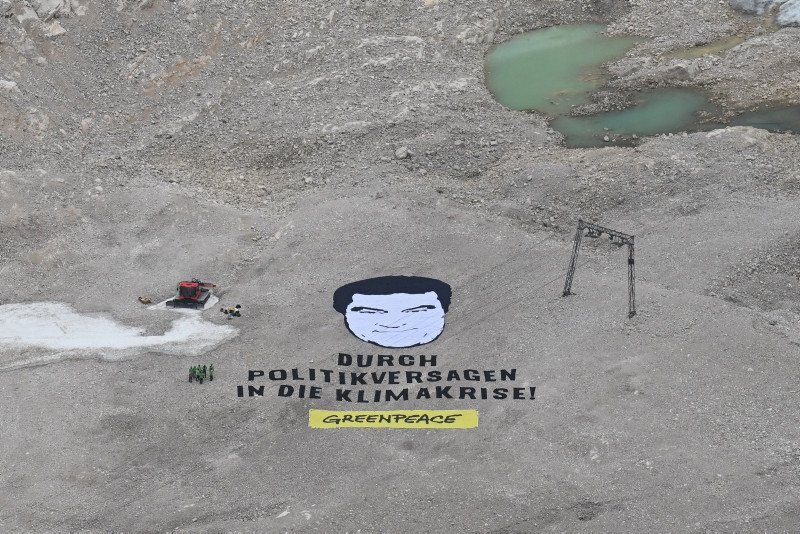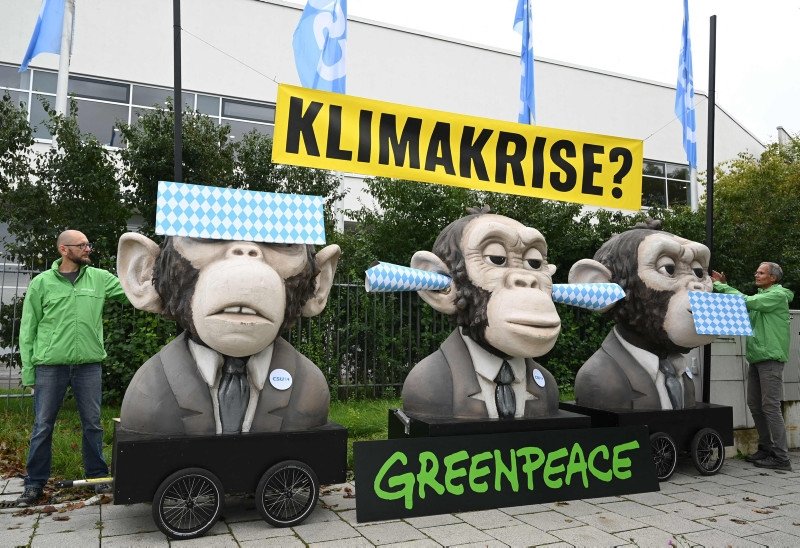Sat 30 September 2023:
Ella Kissi-Debrah’s tragic story serves as a haunting reminder of the deadly consequences of air pollution. In 2013, this nine-year-old succumbed to an acute asthma attack after a life spent within 30 meters of London’s bustling South Circular road, enduring frequent seizures and numerous hospital visits. In 2020, a coroner officially acknowledged that the toxic fumes she inhaled due to traffic emissions significantly contributed to her death, marking a groundbreaking moment when the law recognized air pollution as a cause of mortality.
Kissi-Debrah’s case, however, reflects just the tip of a global iceberg. The World Health Organization (WHO) estimates that air pollution claims over seven million lives prematurely every year worldwide, wreaking havoc on respiratory and cardiovascular health, triggering lung cancer, and fostering respiratory infections. Shockingly, nearly everyone on the planet—99 percent—breathes air exceeding WHO-recommended cleanliness standards.
So, just how perilous is the air we breathe? The answer is unequivocally grim. Air pollution, by some estimates, ranks as a leading global cause of death. While carbon emissions have declined, wildfires are surging, and the world’s insatiable appetite for energy poses new threats that disproportionately affect various populations. Like many public health challenges, the risks from toxic air are determined by where people live and how much they earn.
These same nitrogen oxides contribute to the formation of airborne particulates, with particulate matter posing the most significant threat to public health. Research has shown that even a few days of increased particulate exposure can lead to higher mortality rates across various health complications.
Particulates, particularly those smaller than 2.5 microns, can infiltrate the bloodstream via the lungs, causing cellular inflammation and straining the heart, increasing the risk of cardiovascular problems such as heart attacks and strokes. These tiny particles, known as PM2.5, have even been found to penetrate the placenta, affecting fetal brain development and increasing the risk of premature birth. Long-term PM2.5 exposure has been linked to neurodegenerative diseases such as dementia, Parkinson’s, and Alzheimer’s.
Regrettably, disadvantaged communities often bear the brunt of deadly air pollution. Indoor air pollution claims 3.2 million lives annually, predominantly in regions like Sub-Saharan Africa, the Indian subcontinent, Southeast Asia, and Russia, where households rely on dirtier-burning fuels like kerosene, wood, or coal for heating and cooking. Women and children, who tend to perform more household chores, are disproportionately affected, facing increased risks of stroke, heart disease, COPD, and lung cancer.
Outdoor or ambient air pollution is responsible for 4.2 million premature deaths globally, with a substantial economic toll. Low and middle-income populations shoulder a significant portion of this burden, with estimates suggesting that minimizing air pollution in the Middle East and North Africa could have increased average life expectancy by one to six years in 2019.
Air pollution hits susceptible and vulnerable populations the hardest. Susceptible groups, like those with preexisting health conditions or genetic predispositions, are most affected by its consequences. Vulnerable groups are those most exposed, often residing in poorer areas with limited access to healthcare and less opportunity for physical activity.
Geography also plays a crucial role in determining the impact of air pollution. Cities situated in valleys often face greater pollution levels due to trapped air. Additionally, regions at high risk of forest fires confront substantial air quality challenges.
Despite a 42 percent decrease in PM2.5 emissions nationally in the United States over the past two decades, wildfires have tripled, exacerbating particulate pollution, especially in the Pacific Northwest. Wildfires have led to considerable welfare costs, premature mortality-related expenses, and decreased labor earnings.
The health effects of air pollution are an evolving area of research, with many unanswered questions. Nonetheless, one undeniable fact is that the road ahead is fraught with challenges. While there have been successes in the battle against air pollution, such as the Clean Air Act in the United States, global energy consumption continues to rise, ammonia emissions from farming persist, and volatile organic compounds from various sources are on the upswing.
Developing countries will likely grapple with a combination of old and new sources of air pollution as they undergo distinct development patterns. Therefore, addressing this multifaceted issue necessitates tailored strategies for different regions, which can intersect in unpredictable ways. Monitoring air quality is crucial but insufficient. The responsibility lies not only with individuals using pollution-monitoring apps but also with governments and global organizations to ensure clean air as a fundamental right for all.
In conclusion, air pollution represents one of the most significant public health challenges of our time. While progress has been made, ongoing efforts are essential to combat this silent killer effectively.
A NEWS
______________________________________________________________
FOLLOW INDEPENDENT PRESS:
TWITTER (CLICK HERE)
https://twitter.com/IpIndependent
FACEBOOK (CLICK HERE)
https://web.facebook.com/ipindependent
Think your friends would be interested? Share this story!



